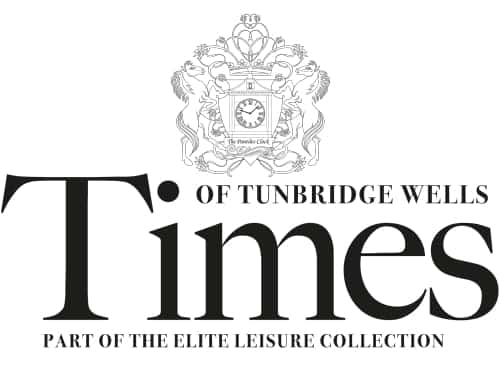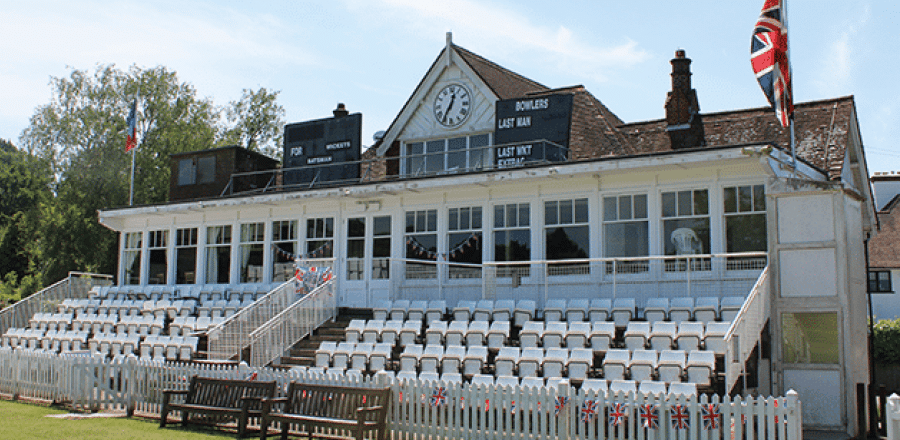More than £25million has been set aside to provide extra desks at local schools in an effort to head-off a crisis over the ‘huge pressure on places’.
Around 250 openings will be created next year at five schools. It is feared that if the money is not invested in boosting the infrastructure then some pupils may be forced to look outside of Tunbridge Wells for their education.
With hundreds more homes set to be built in Tunbridge Wells in the next 15 years, County Hall believes there is an imminent shortage of spaces for Year 7 students.
Deficit Bennett Memorial, St Gregory’s, Tunbridge Wells Boys’ Grammar (TWGSFB), The Skinners’ School and The Judd School in Tonbridge will share the money under plans passed by KCC.
Councillor Roger Gough, Cabinet member for education, said: “In Tunbridge Wells there is forecast to be a deficit of school places until 2021.
“We anticipate this will be the result of pressure from indigenous population growth and new housing developments, including those at Hawkenbury Farm and Paddock Wood.
“Each of these popular and successful schools are ideally placed to meet the increased demand for places arising primarily from Tunbridge Wells town.”
With a crisis imminent, schools are being asked to provide up to 60 extra places for the September 2018 intake as a one off before all expand permanently the following year (see table below).
TWGSFB is set to receive the highest level of funding at £7.7million.
By expanding from an eight to ten form entry Bennett will see an additional 60 students every year.
If no extra steps are taken there is predicted to be a capacity shortfall of 121 Year 7 spaces in Tunbridge Wells borough by September 2018, effectively forcing many pupils to look for places in other towns.
KCC data also shows that demand will rise to 245 by the start of 2022-23 with 12,960 homes scheduled to be built in the borough before 2033.
Funding was agreed after schools presented plans on how they would enlarge their schools to cope with extra pupils. Schools were chosen based on their Ofsted and exam results.
The schools held consultations for their communities before the council meetings.
Edward Wesson, Head of Skinners’ said: “There is huge pressure on places and we have taken five forms of entry for five years without having the permanent infrastructure.
“All schools are being asked to accommodate extra pupils and this is a fact of life but we will need more help in providing that accommodation.
“We plan to knock down an obsolete building (it was our gymnasium) and replace it with classrooms and a new school library and sixth form study centre.
“I am happy that we can provide excellent education to more children but have reservations about the school becoming too big for its site.”
Amanda Simpson, Head of TWGSFB, said there is likely to be some reconfiguration of existing building and a new teaching block with a new teaching block.
“We are happy that we can assist KCC in helping meet the demand for school places.”
A spokesman from St Gregory’s said plans are in place to demolish the School House near Reynolds Lane, create a larger dining hall space and covert a science lab into a classroom by 2020.
The second phase would be to create a new building on the existing playground together with a bridge across the public right of way and additional hard playground, social space and car parking.
Jonathan Wood, Head of The Judd School, said: “My honest view is that it is crazy that we can’t open more grammar schools.
“But it is a nice challenge we face and we want to serve the community by fitting these extra students in.
“We have got more space than some of our neighbours but KCC need space wherever they can find it.
“Judd used to be a three form entry school but we will now be expanding from our current five to six, so we have doubled in size.
“There have been four significant new builds in in the past few years, the population has risen.
“We are talking to KCC about the best way we can accommodate that but we are looking for more rooms to teach in.”
On how this could change admissions for Judd, a grammar school, he added: “We have always been a selective school and we still will be, but we will be taking more students.”








